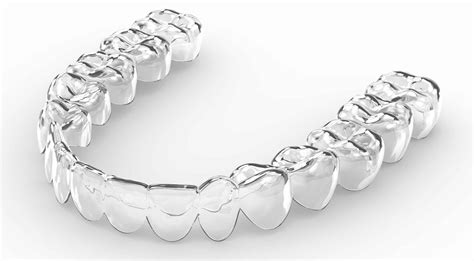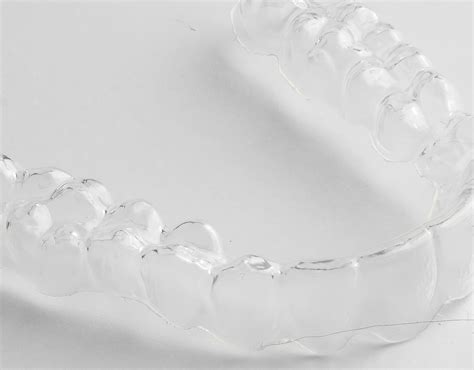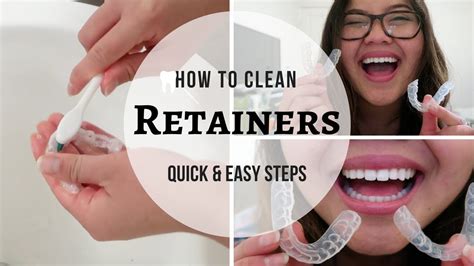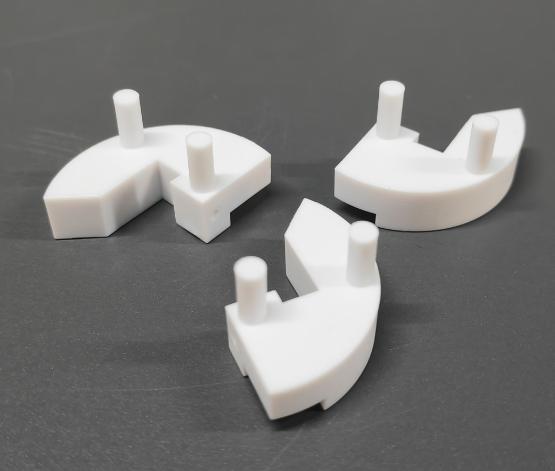The use of plastic retainers has become a common practice in orthodontics, providing patients with a removable and durable solution to maintain the alignment of their teeth after orthodontic treatment. The primary function of a plastic retainer is to prevent teeth from shifting back to their original position, ensuring that the orthodontic work remains effective and the patient's smile remains straight and beautiful. With advancements in dental technology, plastic retainers have evolved to become more comfortable, customizable, and efficient in their application.
Key Points
- Plastic retainers are custom-made to fit individual patients' teeth, ensuring a comfortable and secure fit.
- They are typically made from a clear plastic material, making them virtually invisible when worn.
- Plastic retainers are removable, allowing patients to easily clean their teeth and the retainer itself.
- They are an essential part of post-orthodontic care, helping to maintain the alignment of teeth and prevent orthodontic relapse.
- Regular wear and proper care of plastic retainers can significantly extend their lifespan and effectiveness.
Types of Plastic Retainers

There are several types of plastic retainers available, each with its own unique characteristics and benefits. The most common types include:
Vivera Retainers: These are custom-made, clear plastic retainers designed to provide a precise fit and optimal retention. They are made from a durable material that is resistant to wear and tear, ensuring long-lasting effectiveness.
Essix Retainers: These retainers are also made from clear plastic and are known for their comfort and flexibility. They are a popular choice among patients due to their ease of use and minimal visibility.
Invisible Retainers: As the name suggests, these retainers are designed to be as invisible as possible, making them a great option for patients who are concerned about the aesthetics of their retainer. They are typically made from a thin, clear plastic material that is custom-fit to the patient’s teeth.
Benefits of Plastic Retainers
Plastic retainers offer several benefits to patients, including:
Comfort: Plastic retainers are generally more comfortable to wear than traditional wire retainers, as they are custom-made to fit the individual patient’s teeth and mouth.
Convenience: Plastic retainers are removable, making it easy for patients to clean their teeth and the retainer itself. This also allows patients to eat and drink without the retainer in place, if desired.
Aesthetics: Plastic retainers are often clear or transparent, making them virtually invisible when worn. This is a significant advantage for patients who are concerned about the appearance of their retainer.
| Retainer Type | Material | Lifespan |
|---|---|---|
| Vivera Retainer | Clear Plastic | Up to 5 years |
| Essix Retainer | Clear Plastic | Up to 3 years |
| Invisible Retainer | Thin Clear Plastic | Up to 2 years |

Post-Orthodontic Care with Plastic Retainers

After orthodontic treatment, it’s essential to wear a retainer to maintain the alignment of the teeth. Plastic retainers are an excellent option for post-orthodontic care, as they are comfortable, convenient, and effective. By wearing a plastic retainer as directed by an orthodontist, patients can help prevent orthodontic relapse and ensure that their teeth remain straight and beautiful for years to come.
Regular cleaning and maintenance of the retainer are also crucial to extend its lifespan and effectiveness. Patients should clean their retainer daily with a soft toothbrush and mild soap, and avoid exposing it to extreme temperatures or harsh chemicals.
Common Issues with Plastic Retainers
While plastic retainers are generally problem-free, some common issues can arise. These include:
Breakage: Plastic retainers can break or crack if not handled carefully. Patients should avoid biting or chewing on their retainer, as this can cause damage.
Discoloration: Plastic retainers can become discolored over time, especially if not properly cleaned and maintained. Patients should avoid consuming foods and drinks that can stain the retainer, such as coffee or red wine.
Loss: Plastic retainers can be lost or misplaced if not stored properly. Patients should always keep their retainer in a protective case when not in use, and avoid leaving it in a hot car or other extreme environment.
How long do I need to wear a plastic retainer?
+The length of time you need to wear a plastic retainer varies depending on your individual orthodontic needs. Typically, patients wear a retainer full-time for the first 6-12 months after orthodontic treatment, and then gradually transition to part-time wear.
Can I eat and drink with a plastic retainer in place?
+Yes, you can eat and drink with a plastic retainer in place. However, it's recommended to avoid consuming foods and drinks that can stain or damage the retainer, such as coffee, red wine, or sticky candies.
How do I clean and maintain my plastic retainer?
+To clean and maintain your plastic retainer, use a soft toothbrush and mild soap to gently scrub away any plaque or debris. Avoid using harsh chemicals or abrasive materials, and rinse the retainer thoroughly with warm water.
In conclusion, plastic retainers are a valuable tool in maintaining the alignment of teeth after orthodontic treatment. By understanding the different types of plastic retainers, their benefits, and how to properly care for them, patients can ensure a healthy, beautiful smile for years to come. Regular follow-up appointments with an orthodontist and proper retainer maintenance are essential to achieving optimal results and preventing orthodontic relapse.
